(In case you haven’t heard, the COVID-19 pandemic has started to affect our plans...)
I’m thankful for our video volunteers under Rich Streeter, and I’m especially thankful that they’ve been livestreaming for several years (here’s the sermon from May 29, 2016). But this past Sunday was the first time we’ve streamed an online-only service.
We definitely had a learning curve on the technology side. The team did a great job expanding our streaming capabilities so that our stream is available not only on our YouTube channel but also on our Facebook page and even Roku-enabled devices. We also streamed to a free platform that had trouble keeping up with the traffic--it was, after all, America’s first day of social-distance church--but offers onscreen options like giving or pulling up an electronic Bible. We had staff members chatting live on several of these channels, and it was great to hear from lots of you by email and text as well.
But technology wasn’t the only learning curve. What to stream was also a huge question. Some large churches regularly lead their worship services with a group of less than 10, so some of them just held a regular service Sunday and pretended their auditoriums weren’t empty. If we wanted to abide by the CDC’s recommendations, though, we couldn’t even request our full orchestra--much less our choir.
So we decided to keep our group of leaders under 10. Counting our pastor and pastor emeritus, that left us eight musicians. Our church has a mixed quartet that sings from time to time, and the others in the quartet agreed to join me. But one of the five musical balances we hold very dearly is the balance of participating and presenting. How in the world could we help our congregation sing at all… when we weren’t even congregating?
One option we tried on our first online-only service was to replay prerecorded congregational singing (here’s the link for those who missed it). That allowed our viewers to hear the singing that the congregation had done--at least beforehand. We also got some people tuning in during that time who wondered if they had opened an archived video instead of the livestream.
In the end, we decided to keep our music live during the service. We displayed the projected lyrics instead of faces during the singing, and our quartet was accompanied by piano and a small strings group (thanks to Josiah, Naomi, and Micah Wright for joining in). We heard from several of our church family that they were able to join in the singing, and we definitely want to improve that ability for others this week as well. After the service officially ended, we played recordings first of the choir and then of the congregation.
Was this anything like being together in person? Yes and no. David de Bruyn laments the losses, and they are real. Certainly most of our broadcasts’ views didn’t happen live, and we lament that as well. But during the time of social distancing, any contact--and especially knowing that so many of you have been able to participate--is something we think is well worth celebrating.
Todd Jones
Music Pastor
Morningside Baptist Church


